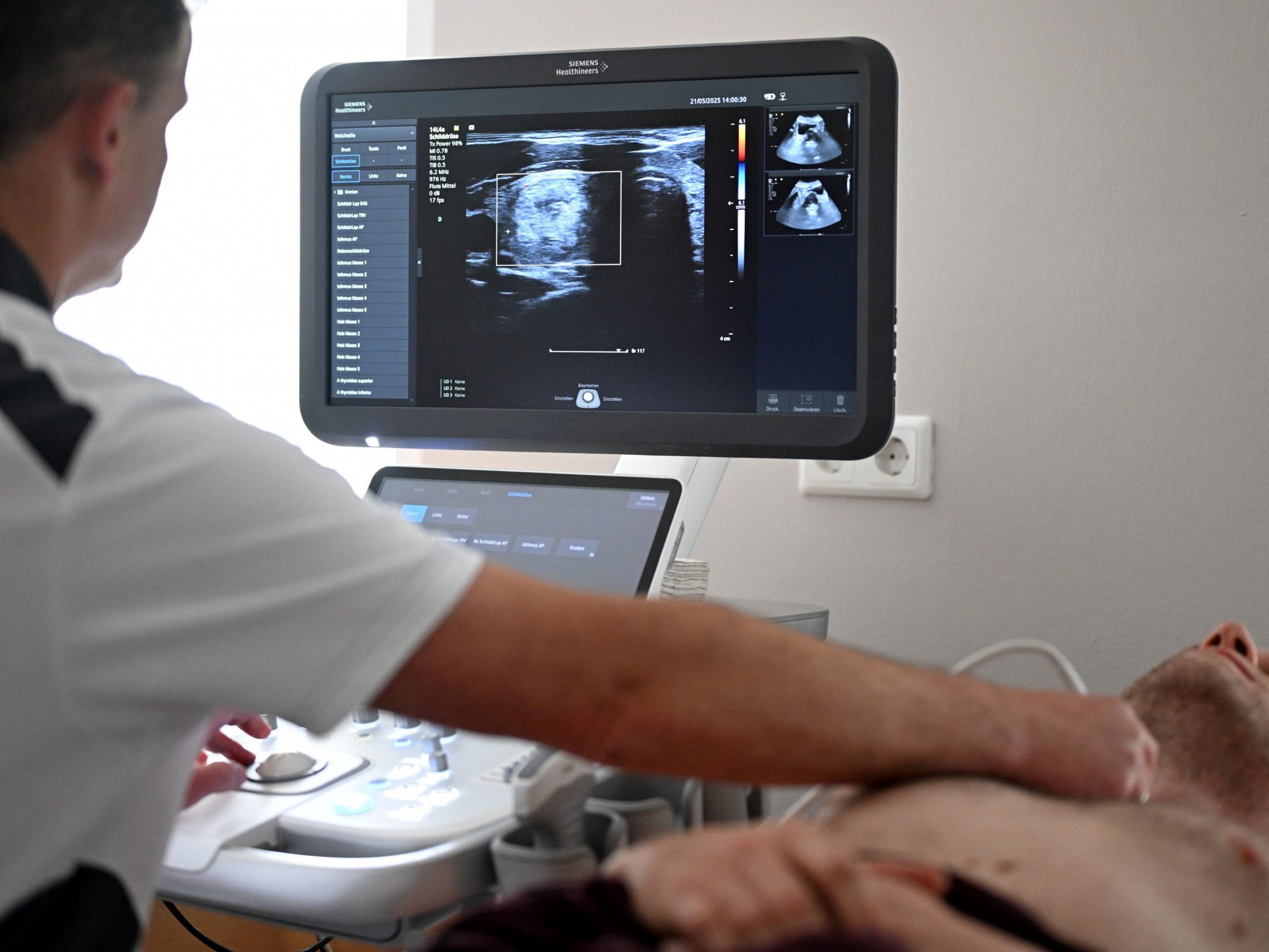"Fast Track" for Patients with Suspected Cancer Demanded

Because too much time loss can have fatal consequences: According to an internationally published meta-study, a delay of four weeks in cancer surgeries increases mortality by six to eight percent, and by nine to 13 percent in radiation or drug therapy.
Currently No Prioritization in Suspected Cancer Cases
Waiting eight, ten, twelve weeks for an MRI - in cancer cases, this is "naturally completely unacceptable," said Kathrin Strasser-Weippl, Medical Director of the Austrian Society for Hematology & Medical Oncology (OeGHO) and Senior Physician at the Ottakring Clinic. How do specialists currently solve this? They try "to call around, who has connections, can one get an insertion appointment, can the patient perhaps be admitted as an inpatient, even though it's not necessary, and have the examination done in the hospital? Some patients pay privately, for 300 euros you can get the examination the same afternoon," the physician explained. "But that is, of course, not a solution."
Currently, there is no prioritization in the imaging area of diagnostics in Austria, explained Thomas Czypionka, Head of the Health Economics and Policy Research Group at the Institute for Advanced Studies (IHS). This leads to a high proportion of non-evidence-based diagnostic steps, for example, in back or knee pain, "clogging" the system. "Unnecessary utilization" must be reduced, and "fast-track programs" for suspected cancer cases must be introduced: "A tumor suspicion must be clarified faster than a sore knee."
The experts cited positive examples: With the "Cancer Patient Pathways Program" established in Denmark in 2008, waiting times for diagnosis in all cancer forms have been reduced, and the three-year survival rate increased from 45 percent to 54 percent. A lung cancer fast-track program in Italy reduced the time to diagnosis from 43 to 25 days. In Spain, the waiting time for colon cancer was reduced from 68 to 26 days. Often, not even more resources are needed, just reorganization.
Cancer Mortality Decreases, Prevalence Increases
Many forms of cancer are now so well treatable that patients can often live with them for a long time even in advanced stages. Mortality has been continuously decreasing since the early 1990s. It has decreased by 36 percent in men and by 31 percent in women. At the same time, the prevalence of oncological diseases is increasing, meaning more and more people are living with cancer, currently around 419,000 individuals. And cancer patients generally have many doctor appointments and hospital contacts, said Florian Trauner, Public Health Expert at Gesundheit Österreich GmbH (GÖG).
The number of patients receiving radiation or drug therapy has increased by 33 percent each between 2017 and 2024. "This trend is likely to intensify in the future, and we must prepare for it in light of an aging society," said Trauner.
Currently, a comprehensive instrument for the necessary management is lacking, analyzed OeGHO President Ewald Wöll. "We therefore recommend introducing the instrument of 'oncological urgency' in the Austrian healthcare system." This would allow prioritizing affected individuals and quickly guiding them through the clarification process.
(APA/Red.)
This article has been automatically translated, read the original article here.





